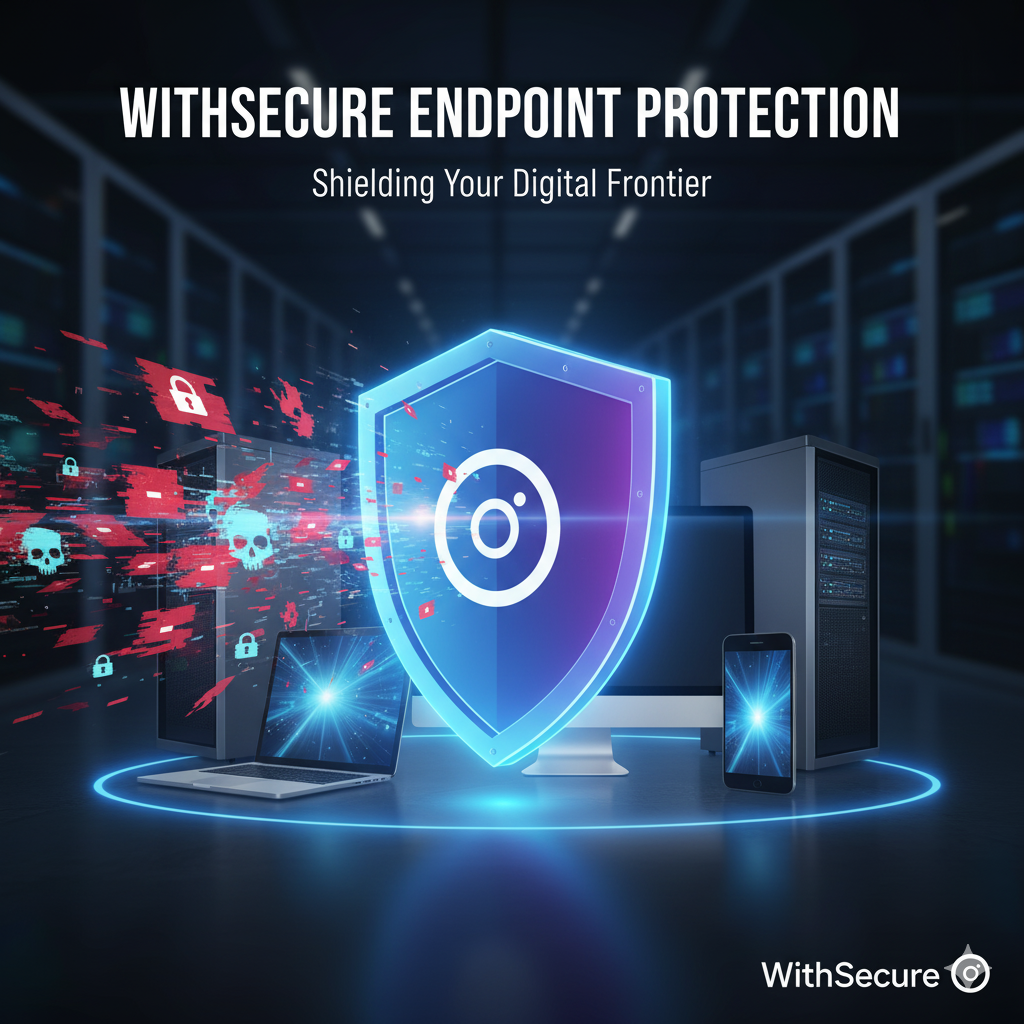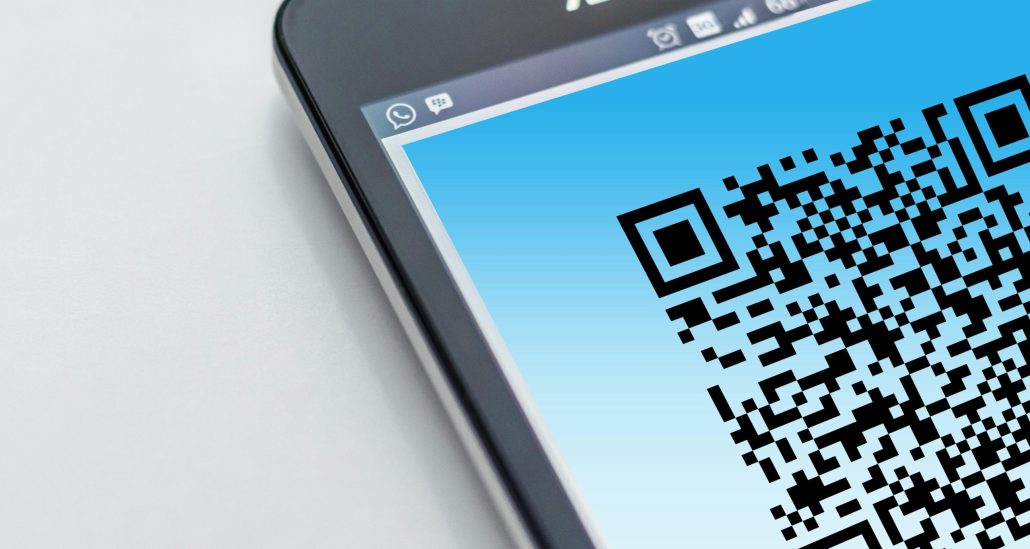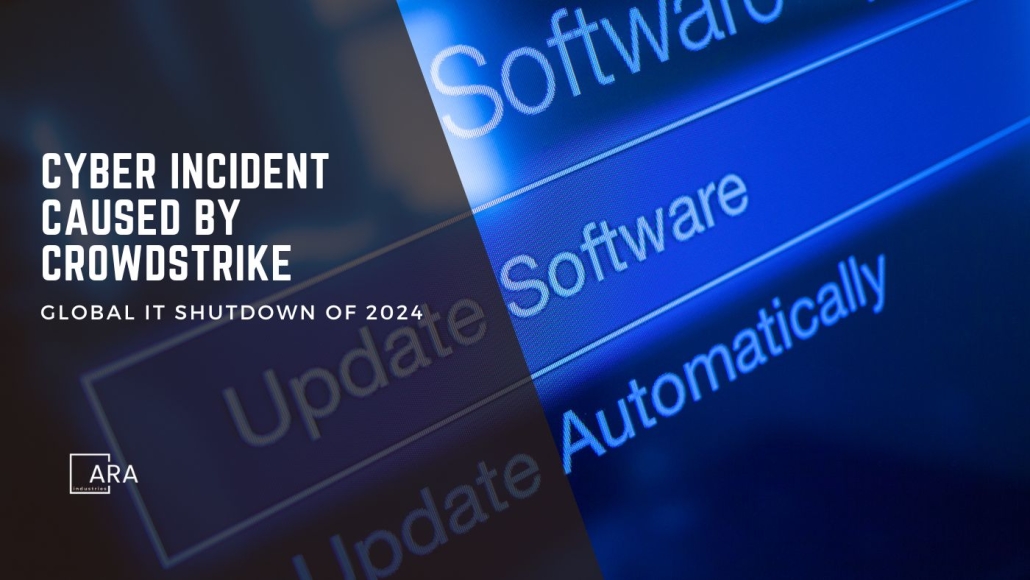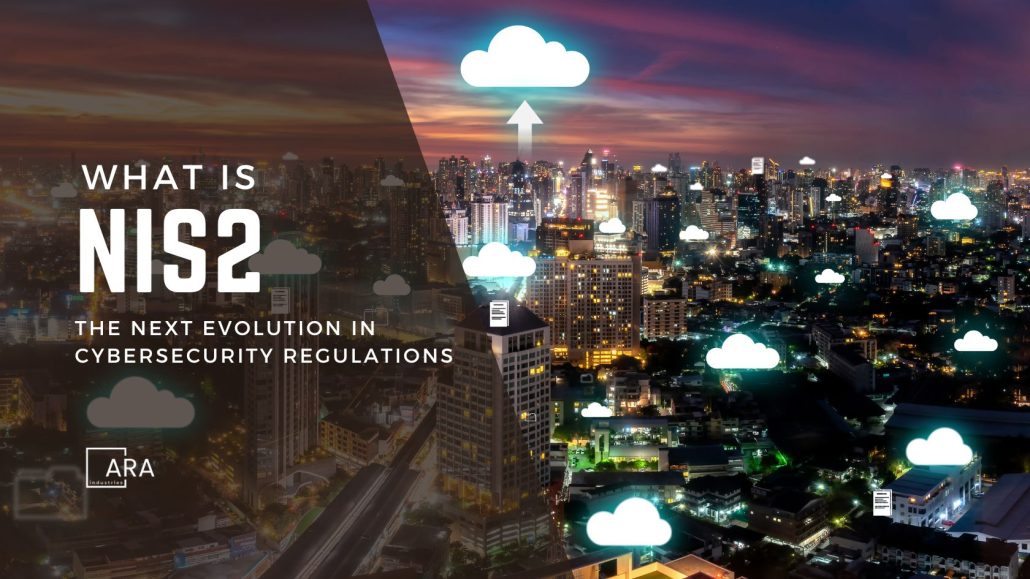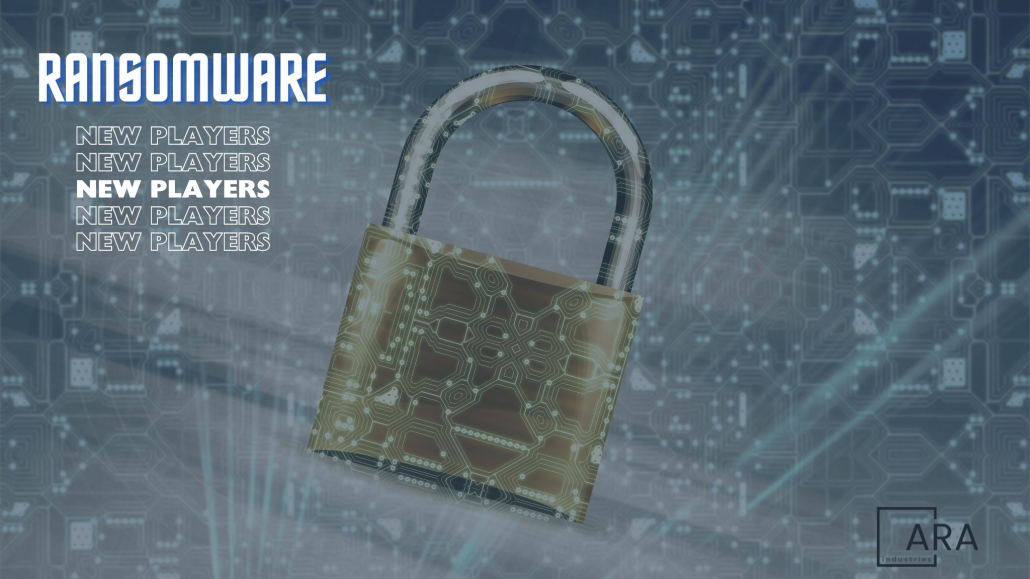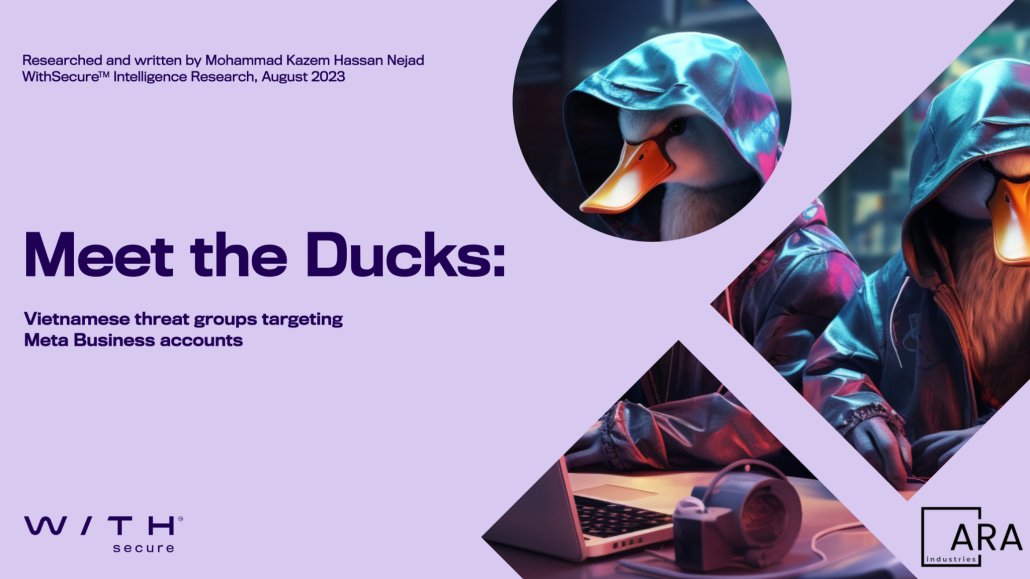🛡️ Top 5 Questions for Endpoint Security
1. What is an Endpoint, and why is it the new target for attacks? An endpoint is any device that connects to your organization’s network, such as laptops, desktops, smartphones, tablets, and servers. 2. What is the fundamental difference between Endpoint Protection (EPP) and traditional Antivirus? This is the most crucial distinction for modern security. […]
🛡️ Top 5 Questions for Endpoint Security Read More »

